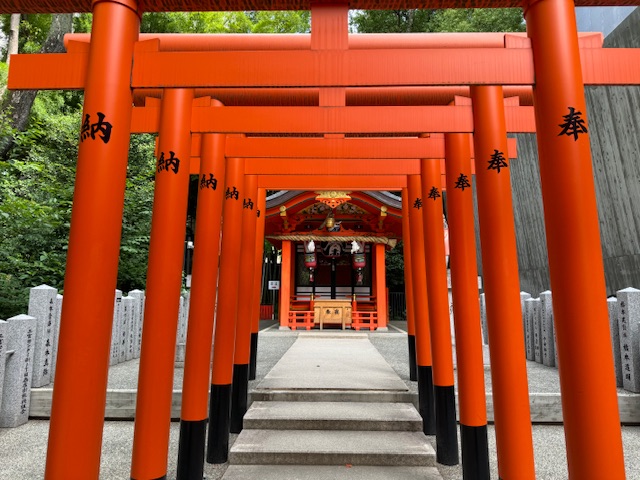K
obe, Japan. Kobe beef. Kobe Bryant. Each of those names began spinning in my head and I could not get them out! It’s like three degrees of separation. When I think of one, I think of the others – they are playing tricks with my mind. I’ll connect it up like this:
Kobe
Kobe, Japan is where I am. Delving into the city’s history, I discovered it is a city of resurrection. It survived many devastations including wars, floods, air raid bombings, and earthquakes. It managed to roll up its collective sleeves to rebuild.
Kobe beef is Wagyu beef from the Tajima strain of Japanese Black cattle, strictly raised in Hyōgo prefecture around Kobe city. It is a delicacy, valued for its flavor, tenderness and fatty, well-marbled texture. In Japan, Kobe is one of the three Sandai Wagyū, the “three big beefs”, along with Matsusaka beef and Ōmi beef.
Kobe Bryant is a basketball champion and legend. When asked about his name, he said: “It’s not inspired by it. It actually is the name of a beef”. His parents sat down at a Japanese restaurant and they looked at the menu, saw the name Kobe and the rest is history.
Connected! And still taking up space in my brain!
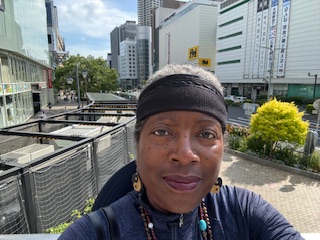
Come on, let’s get to Kobe… Japan.
It was another early morning train ride to the city from Osaka. My motto is early bird gets the worm! And to the city.
Kobe, Japan
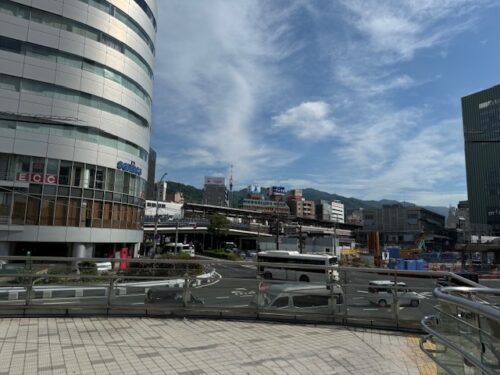
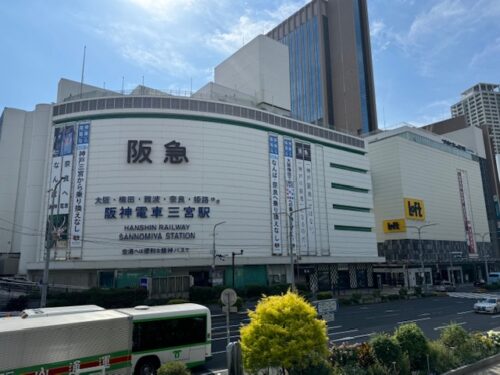
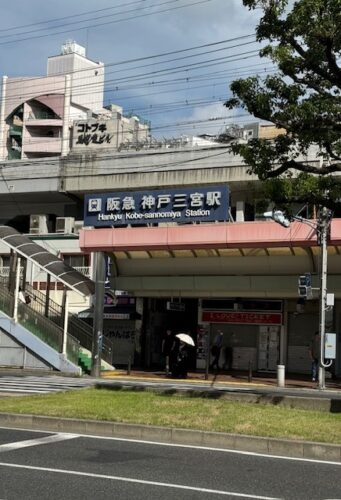
Just when I thought that I beat the crowd, I found … not!
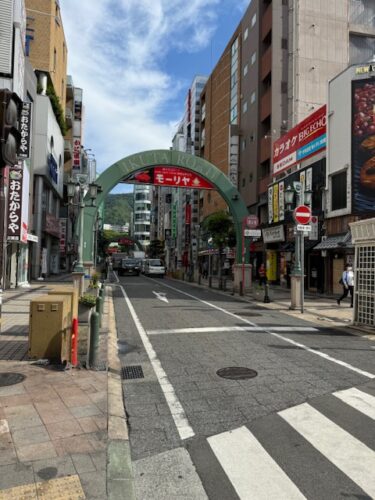
Here they come – people, cars, and the things that give life to Sannomiya. It is the financial, commercial, and entertainment center of Kobe. The district takes the name from Sannomiya Shrine, a branch of Ikuta Shrine.
Ikuta-jinja
Resurrection Shine
This Shinto shrine is the oldest in Japan. According to the ancient text Nihongi, the shrine was built at the beginning of the 3rd century in the middle of a forest by an order from the gods.
Today the shrine is surrounded by the modern city of Kobe.
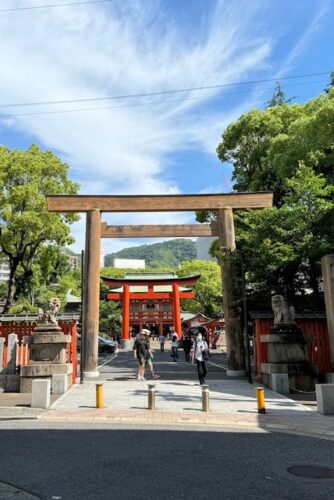
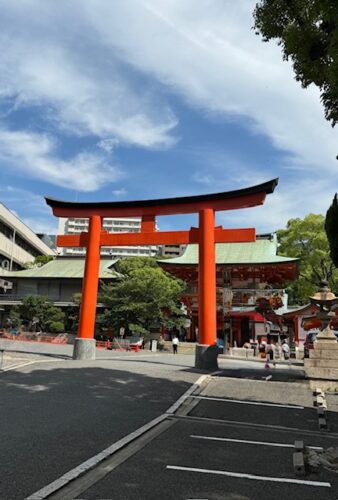
Ikuta Shrine is worshipped as a guardian of health.
For the people of Kobe, Ikuta Shrine is also a symbol of resurrection, as it survived quite some challenges in the past:
• Wars were fought in and around the shrine grounds during the Genpei War (1180 – 1185),
• Great Kobe Flood – heavy flooding from the nearby river occurred in 1938,
• Great Kobe Air Raid – there were air raids over Kobe during World War II.
• Great Hanshin-Awaji Earthquake (January 17, 1995) caused extensive damage and loss of lives. Rebuilding saw the growth of volunteerism in Japan. Thousands of Japanese people and non-Japanese joined together to help clean-up Kobe and speed recovery.
Ikuta Shrine withstood all the damage and is therefore a symbol of hope for the residents.
On New Year’s Eve and New Year’s Day, people visit the shrine for hatsumode (first Shinto shrine visit in the New Year), praying for good health and happiness. They can find amulets and goshuin here in the shrine office. I got a goshuin for my stamp book.
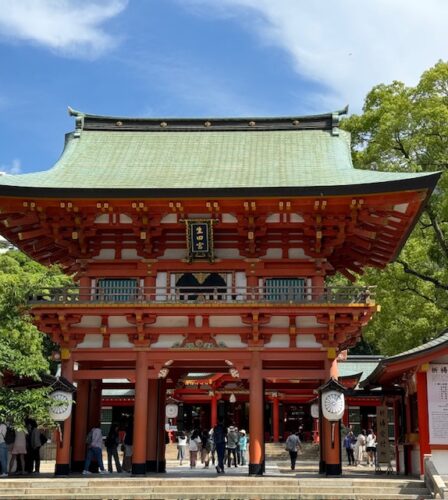
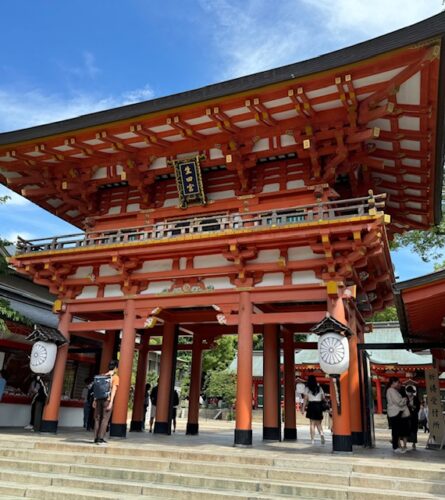
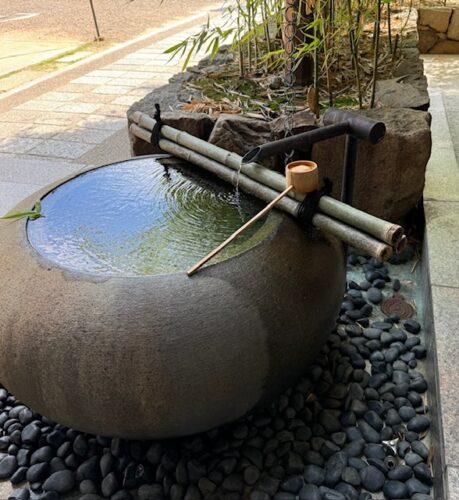
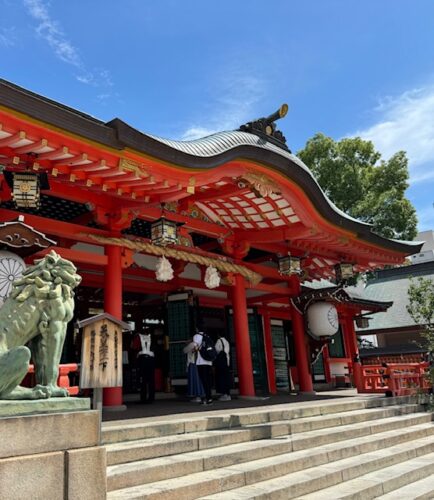
Kondon, Main hall.
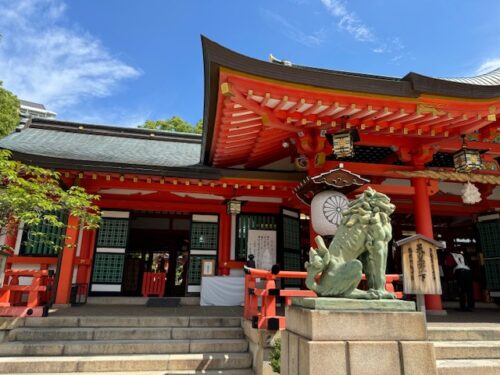
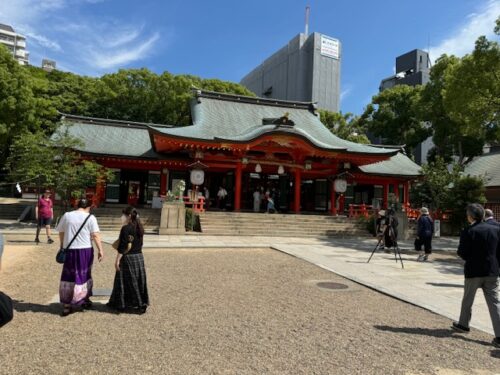
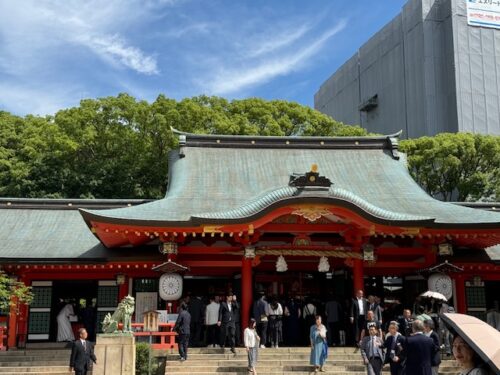
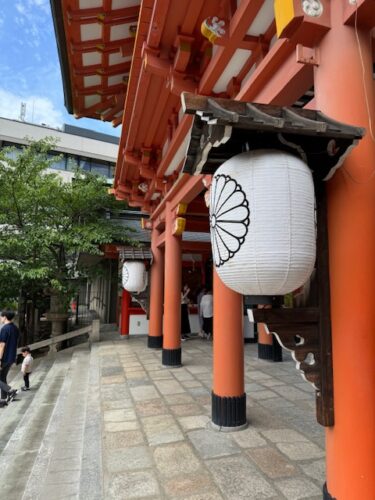
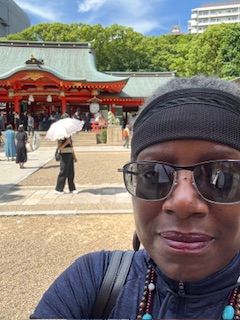
Within the shrine precinct are many small shrines dedicated to Shinto gods for healing marriages and relationships, blessing infants, warding off evil, success in education and business.
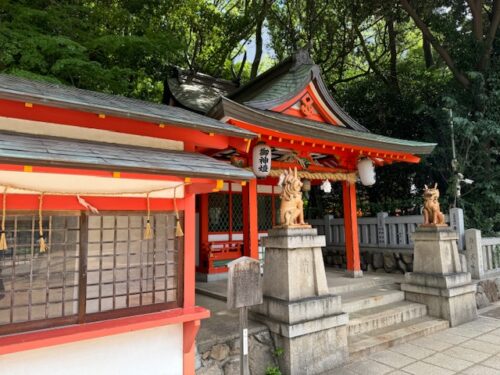
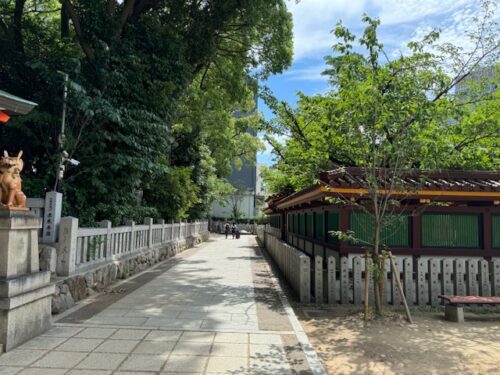
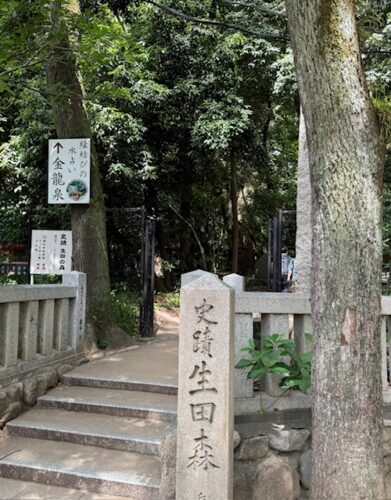
The Ikuta Forest here has long been the subject of songs. It is a holy place for the deity Wakahirume. This deity is known as a god of matchmaking.
Inari shrine
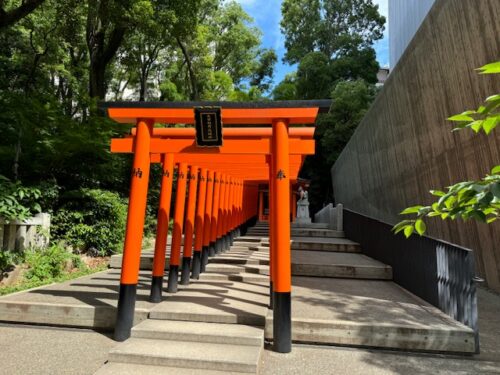
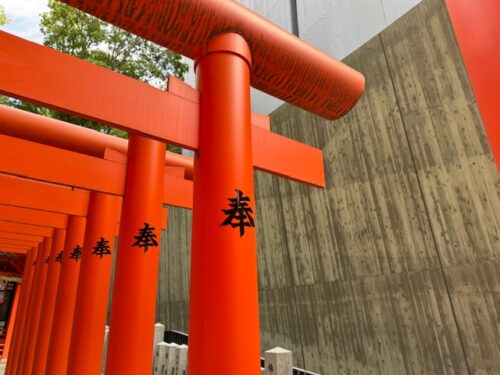
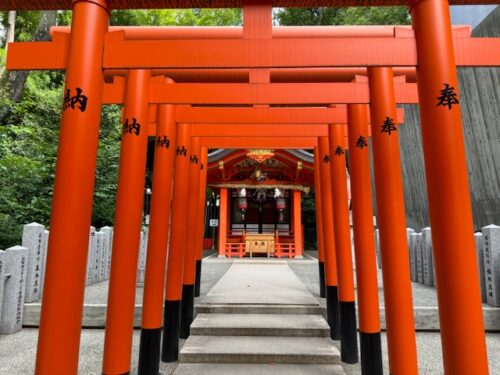
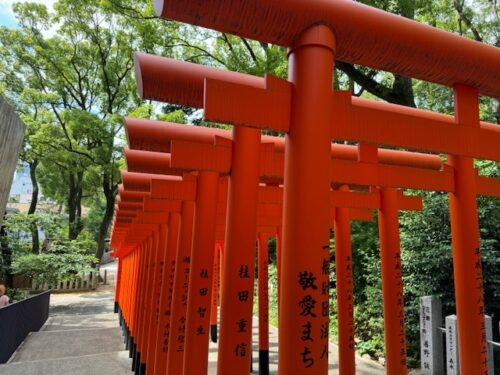
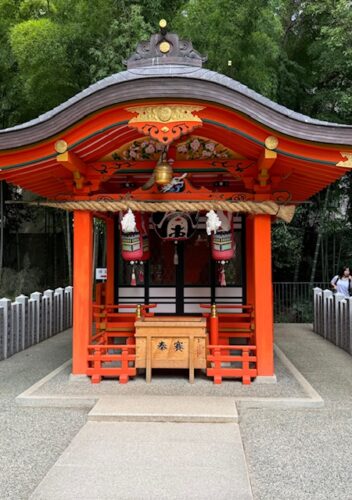
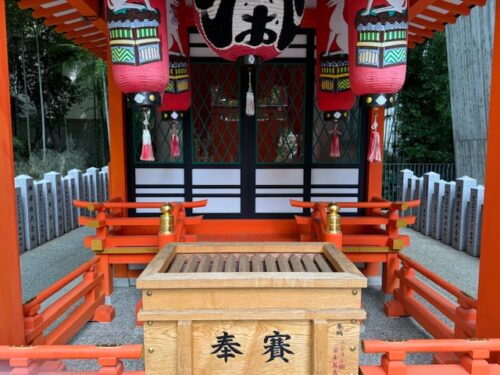
The shrine attracts young couples, who pray for happy relationships and fruitful romance.
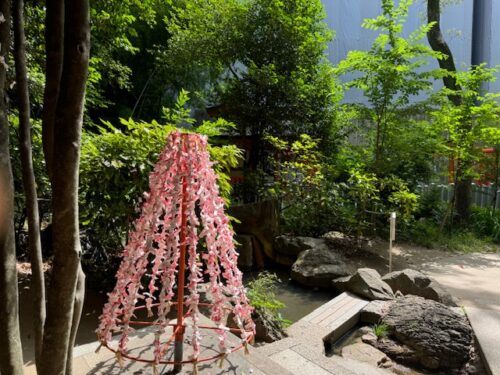
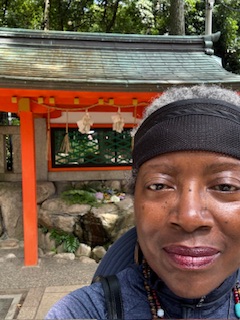
Jinmaru Shrine – for marital harmony and academic improvement.
Ikuta no Mori
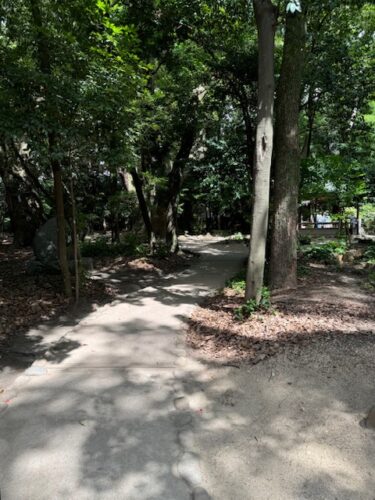
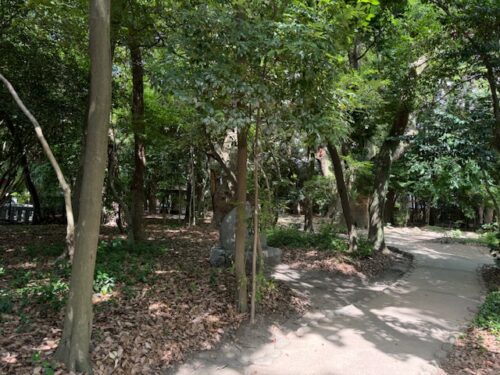
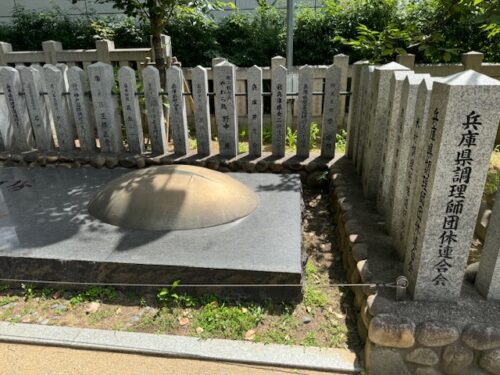
Kitchen knife mound – commemorates the Crown Prince’s marriage and thanks the “soul-caring” of those involved in cooking, and hoping for the improvement of food culture.
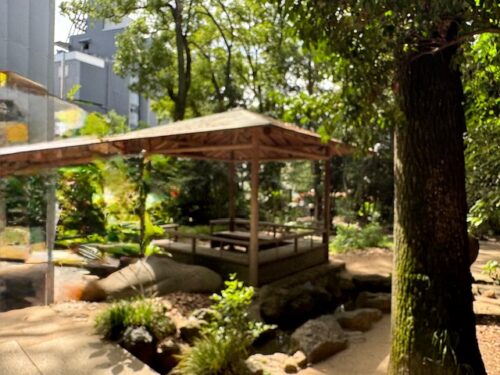
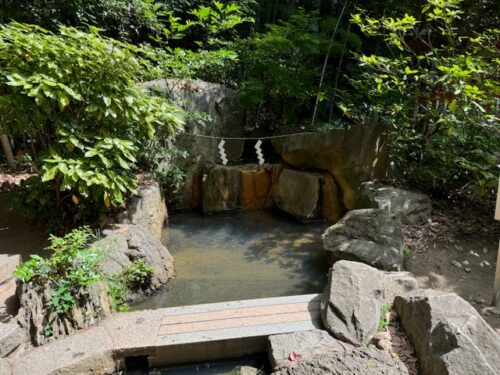
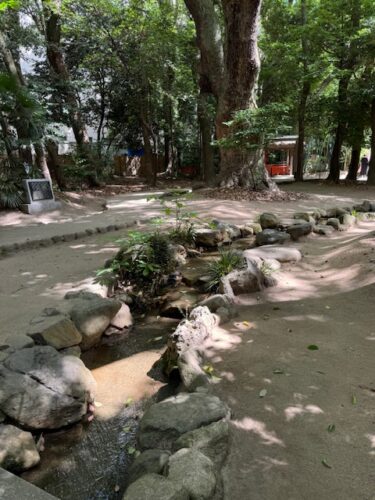
Ikuta no Mori became a battlefield in the 12th century, making it a historically venerable forest.
Tree love

I hugged this tree. It hugged me back!
Despite the disasters endured here, the trees still stand.
Trees in this forest receive hugs from shrine worshippers. Doing so connects them to the earth and ancestors who fought here during Japan’s internal wars of strife. Also, I sense the aura of survival and strength that emanates from this constantly challenged place.
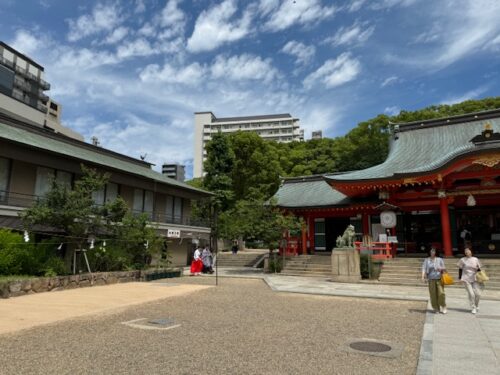
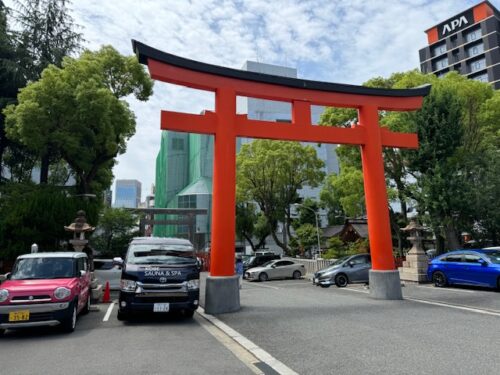
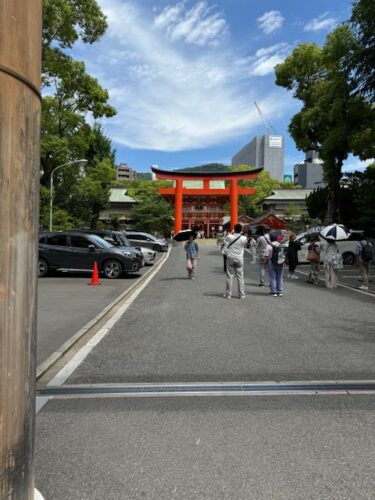
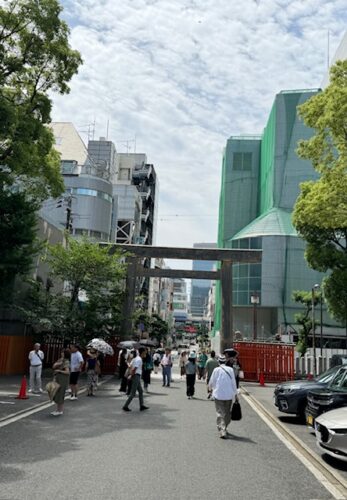
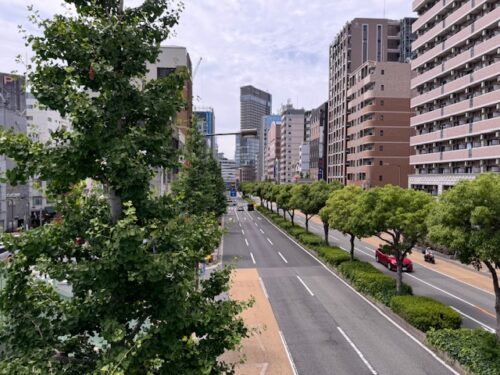
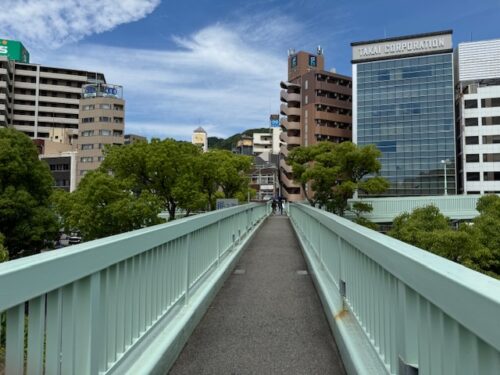
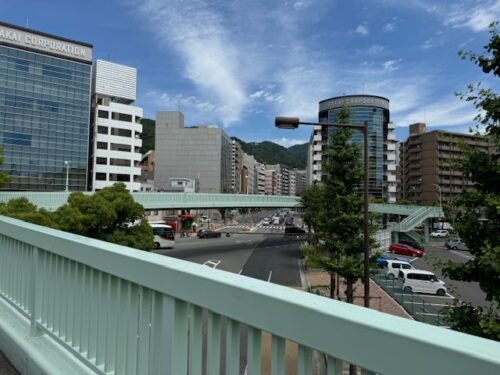
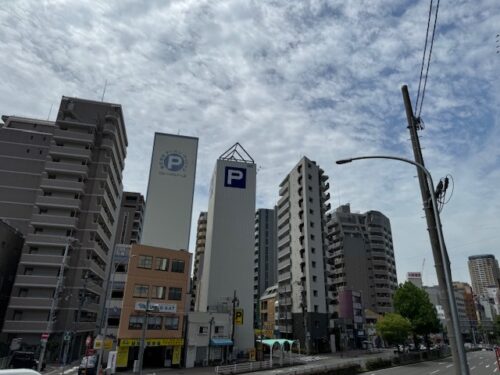
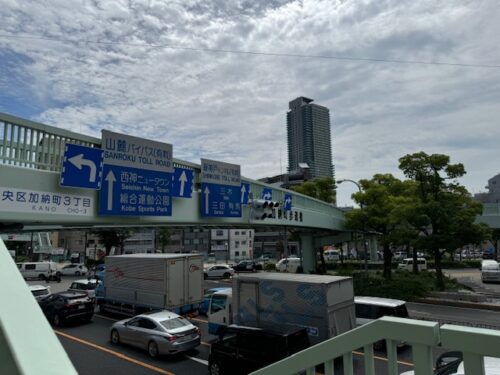
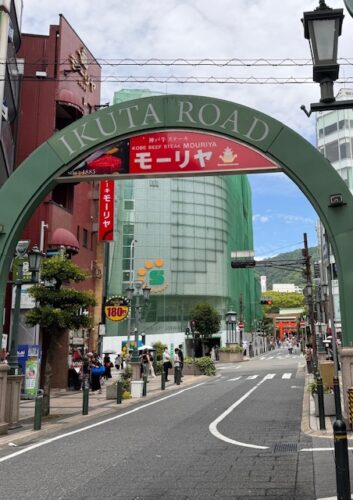
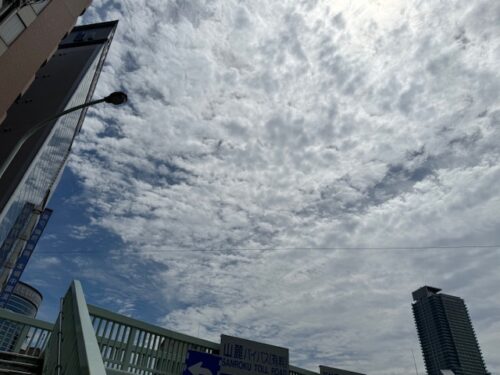
I still resist rewarding myself for achieving my goals. Maybe it is in deference to the sufferings of my ancestors who could not due to the limitations in their lives. I am learning to put it all in perspective.
Is the idea that the perceived luxury of removing myself – even temporarily – from the current problems in my world a betrayal to those who cannot or will not do the same?
Is it guilt? Or is it arrogance? Is it a belief that I am undeserving? Or is it a way to block my blessings as a woman or leader, mistress of the free world…?
Answer or argument.
It’s not that serious,
How did that even land in my brain?
It was the meat!
Kobe beef
I had to have it… as my reward for enduring, and finishing the Shikoku 88 temple walk.
Kobe beef. Yeah.. There are an impressive number of places to eat in this busy area near the temple. People are lined up outside restaurant doors waiting to order or get in.
I found a steak house that specialized in serving Kobe beef. One thing I learned is that authentic Kobe beef can only be had in Japan… period. It is very expensive. I did not want to break the bank with this splurge.
My futile search for an inexpensive Kobe steak meal had ended quickly. I made a reservation anyway and wandered around the shopping district until it was time to return to the restaurant. I came back in time to begin a unique and quite intimate dining experience.
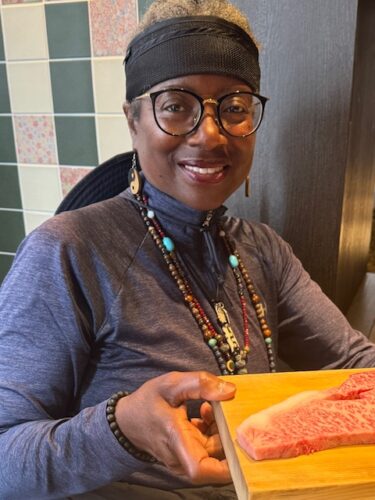
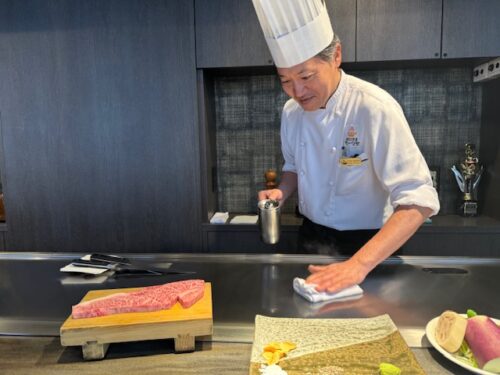
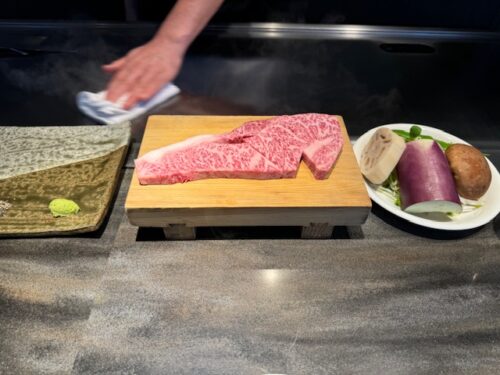
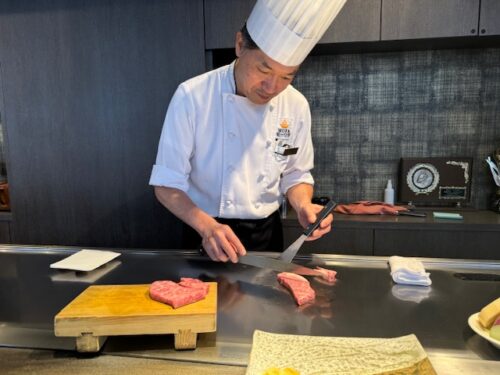
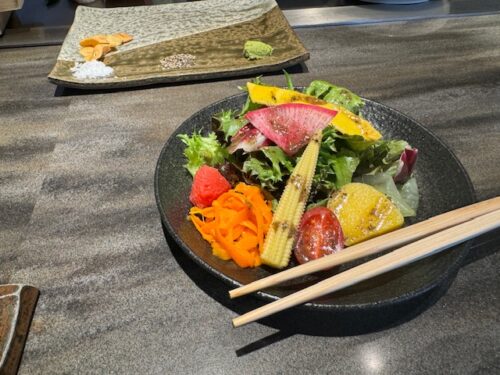
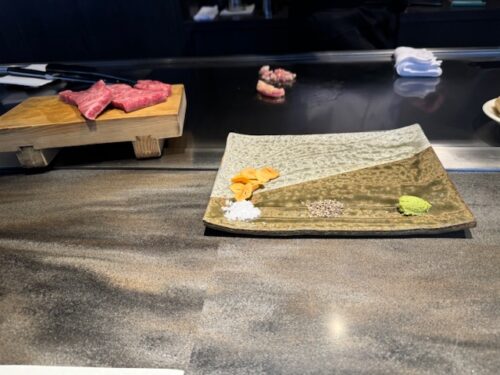
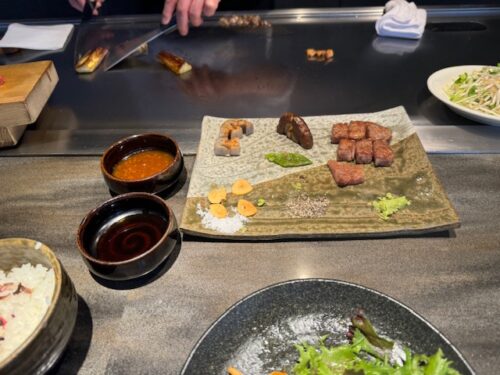
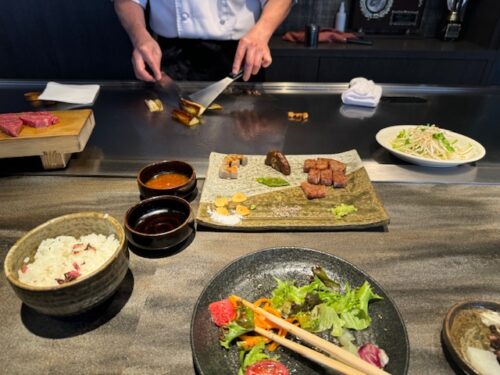
Oishii
Delicious…
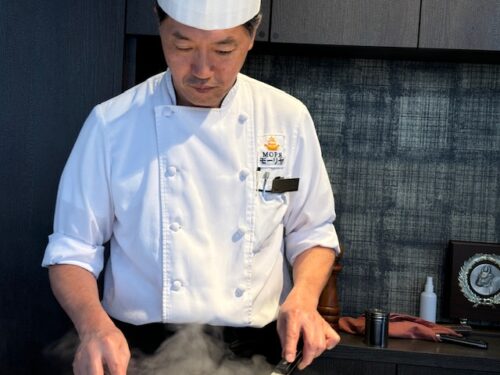
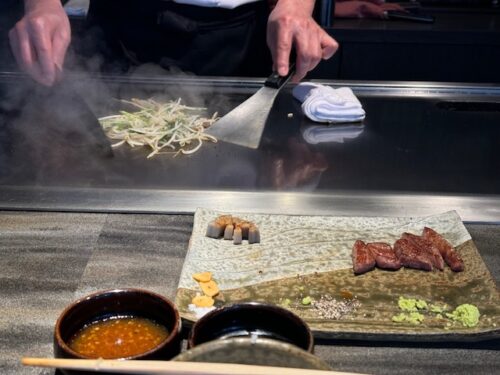
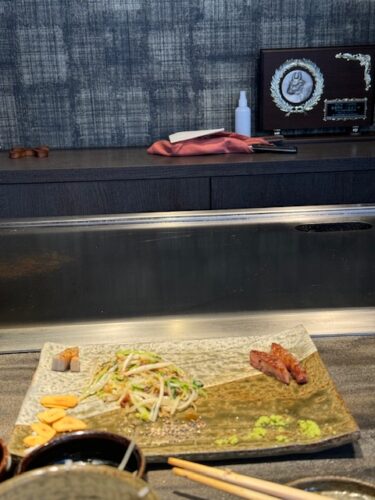
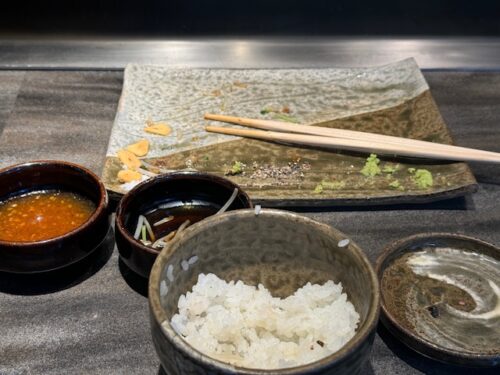
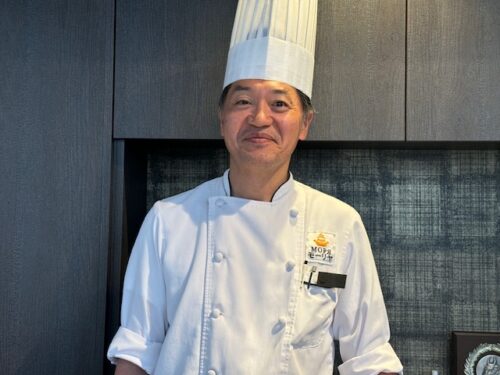
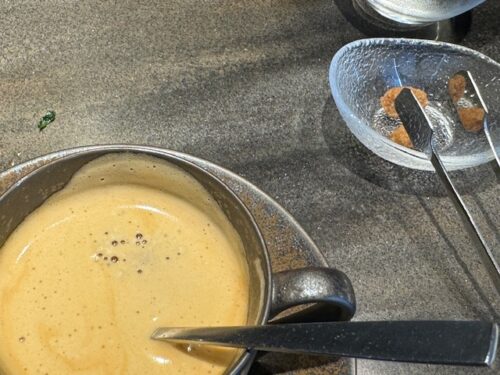
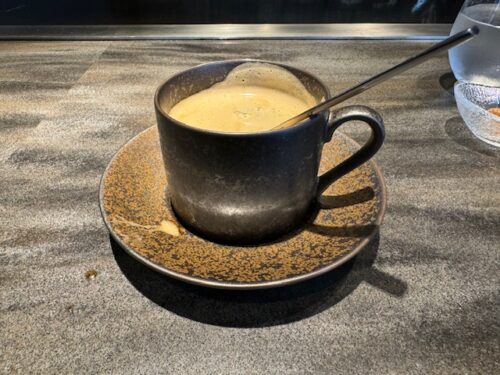
Gochisousama deshita
That was a delicious meal…
Arigato Gosaimasu
Thank you, Kobe!
See you next time!
Baadaye and Mata Ne (またね)
Shirley J ♥️
This and several posts this summer chronicled my pilgrimage in Japan where I walked the 1200 kilometer-long Shikoku 88 temple pilgrimage and beyond. Read my announcement here.

